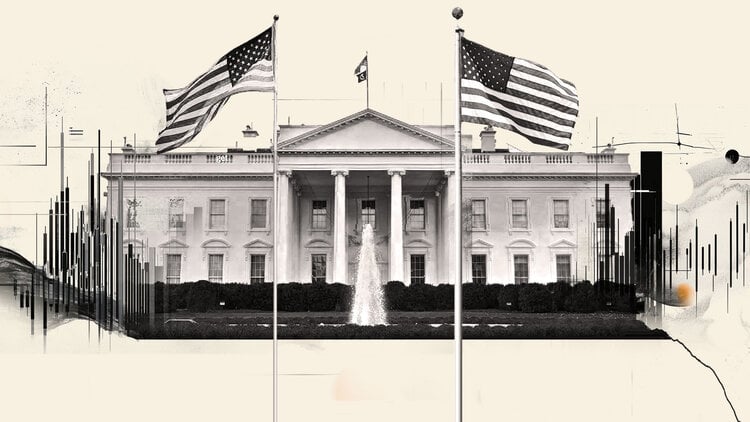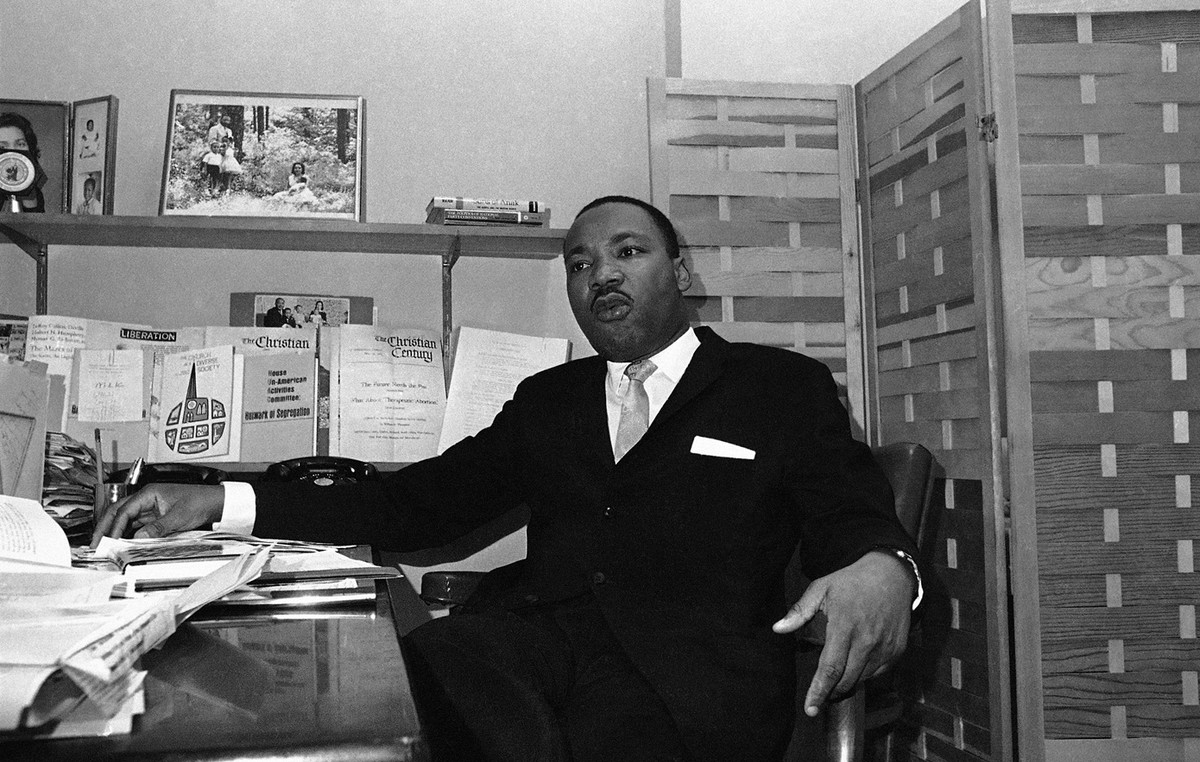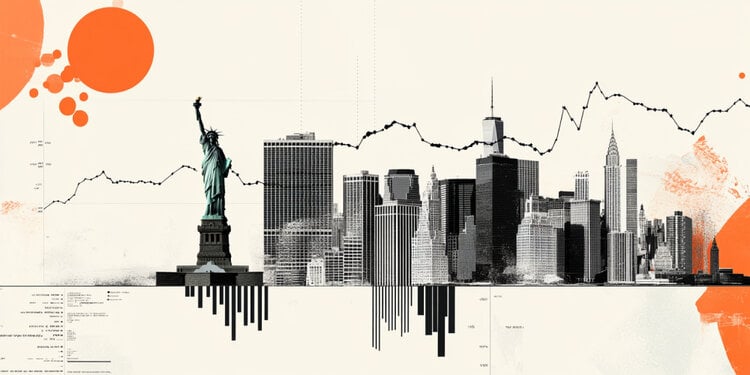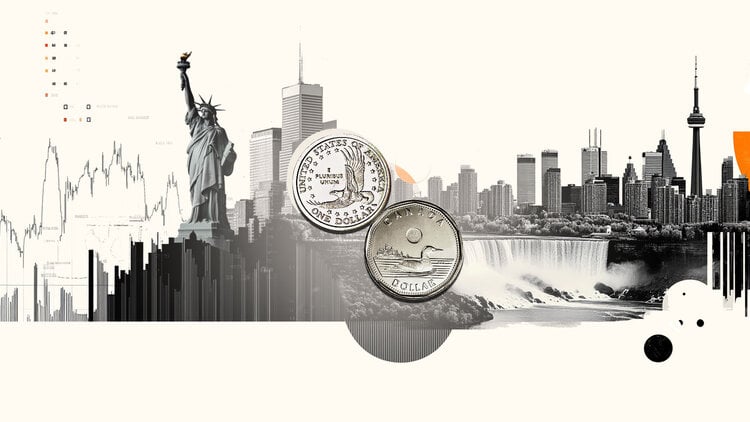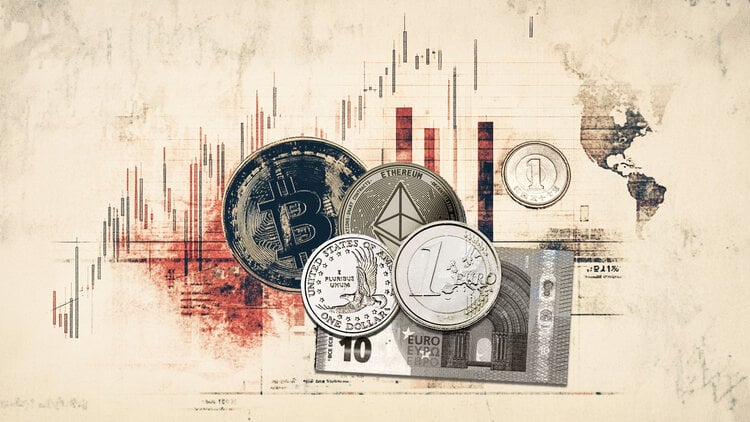As part of the recent Mobile World Congress, several manufacturers presented their new developments related to smartphone fast charging technologies. So, OPPO showed the concept of 240W SuperVOOC proprietary charging, and HONOR introduced the Magic 4 Pro smartphone with support for 100W charging. Now a rare announcement of new smartphones does without mentioning the speed of charging. Manufacturers continue to participate in this race, expecting customers to continue to follow the “more is better” philosophy.
Obsession with numbers is the eternal plague of the tech industry, whether it’s the battle for megapixels, the depth of sound, or today’s brand confrontation in terms of charging speed. After some time, the race for charging power will fade into the background, but before manufacturers themselves put an end to this trend, let me give you three good reasons why users should give up the obsession with fast charging.
Smartphones never fully charge
Power is a rather arbitrary metric that manufacturers are constantly playing with to make their devices look better than the competition. However, the actual power may differ markedly from the declared power due to current conversion and heat losses. As a result, the manufacturer’s 100 watts may turn into 80 watts or even less in practice.
But what is even more important to understand is that not the entire charge cycle of the smartphone takes place at the highest power. As a rule, high charging speed is limited to a short period at the very beginning of charging. So if you charge a smartphone that still has a quarter of its charge left, don’t expect to charge it in minutes thanks to the ultra-fast charging advertised by the manufacturer. Having tested numerous fast charging technologies from manufacturers such as OPPO, Huawei and Samsung, I can confidently tell you that smartphones charge at the stated speed in no more than a few minutes, and often even less.
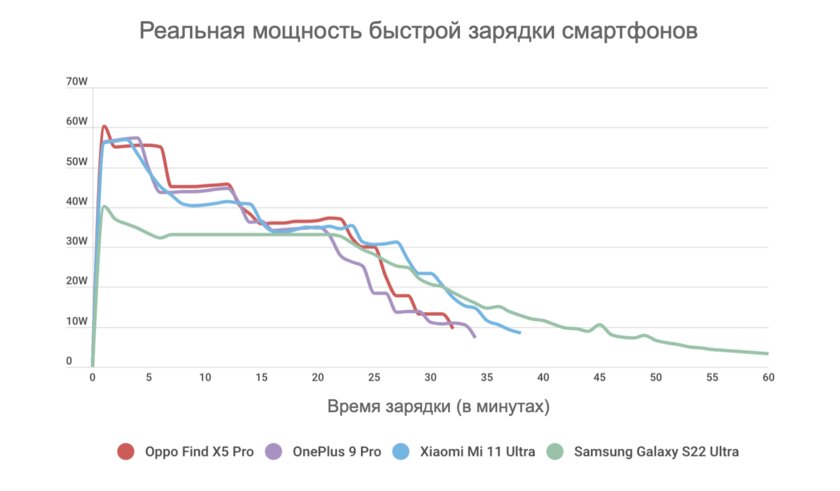
As you can see from the chart above, OnePlus 9 Pro and Xiaomi Mi 11 Ultra keep peak charging rates for three to four minutes. This is enough to charge a depleted battery up to about 20%, and then reduce the charging power to a lower level. But OPPO Find X5 Pro with 80W charging and Samsung Galaxy S22 Ultra with 45W charging do not support full power even for one minute. If we talk about future smartphones with 240W fast charging, then they will certainly be lucky if they maintain this speed for more than a few seconds at the beginning of charging.
That is why the peak power indicated by the manufacturer says little about how quickly the smartphone will charge in practice. It would be much more useful to indicate the average charging speed, but manufacturers are unlikely to agree to this, because then the numbers will be lower and they will not be able to continue to play their marketing game. Also, instead of peak charging power, it is much better to be guided by indicators such as battery charging time to 50% and to 100%. But even these figures mean little if you connect to the Network not a completely discharged smartphone, but a device that has a few more percentages of charge.
Battery capacity and life is more important than charging speed
Increasing smartphone charging power comes with various trade-offs. To begin with, overheating and high current are extremely harmful to batteries in the long run. OPPO and many other manufacturers promise that their fast charging smartphones will retain 80% of their original capacity after 800 full charge cycles. That’s just over two years of continuous use with daily charging, which isn’t good if you plan on using your smartphone for longer.
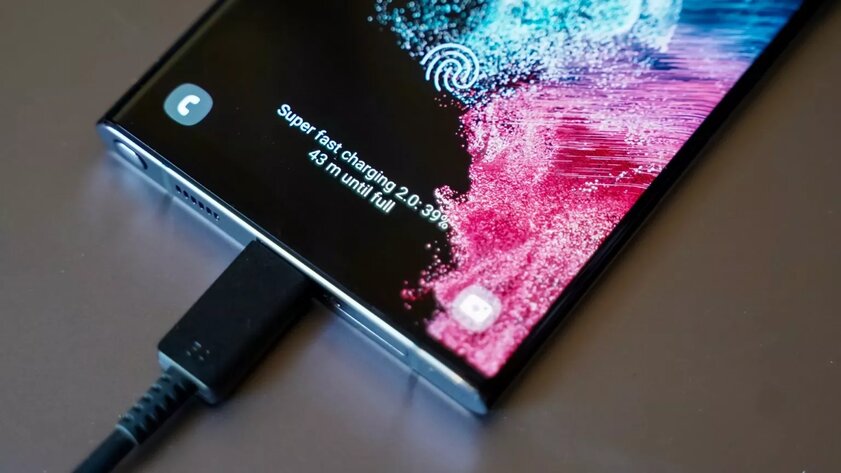
The new OPPO Battery Health Engine technology implemented in the Find X5 Pro doubles the battery life – it can withstand up to 1,600 cycles before losing 20% of its capacity. This is equal to approximately 4 years of operation. However, not every manufacturer cares so much about battery life in their smartphones and, of course, mid-range models with fast charging will not last as long as top-end devices.
- To this topic: Smartphones reduce the battery for the sake of fast charging. What % is lost
But that is not all. Batteries with a high charge rate, designed for higher current, are more expensive and have less capacity than conventional batteries. It turns out that a fast-charging battery takes up more space inside the case, and this free space could be used to install a camera with an enlarged sensor, a cooling system, or other equally useful components. It turns out that due to faster charging, manufacturers have to sacrifice other characteristics of their smartphones. And if there is not enough space inside the case for a large battery, then for the sake of high speed you will have to put up with a small battery capacity.
Would you like your smartphone to charge up to 10 minutes faster or to last one hour more on a single charge? I think we all know the answer to this question very well.
A universal standard is more important than proprietary technology
One of the biggest problems with fast-charging smartphones is that manufacturers use proprietary technologies of their own. And this means that you can count on a high charging speed only when using the appropriate chargers. This creates a problem when traveling and traveling, as well as when trying to charge a smartphone in a car or from an external battery. For example, when using a power bank, the charging power of your smartphone may be limited to the standard 10 W, despite the fact that it supports, for example, 100-watt charging, and therefore, in order to replenish at least 50% of the charge, you will have to spend more than a few minutes as in advertising, but a few hours.
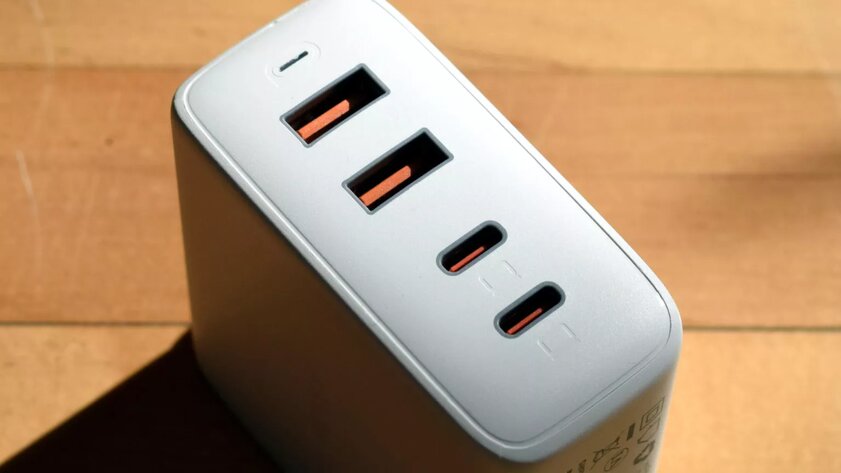
Yes, some manufacturers make their devices compatible with USB Power Delivery and Quick Charge standards, but not all brands support them. After all, the so-called fragmentation is one of the main problems of the technology industry as a whole.
Users do not have to search for the correct plug for a particular device when there are publicly available universal standards. In the end, the main challenge in moving to USB-C was to eliminate the clutter of proprietary connection and charging standards and make gadgets easier to use. Another global problem, the scale of which is growing every year, is electronic waste. And outdated chargers contribute greatly to the increase in garbage on the planet.
This does not mean that fast charging is not an important feature of modern smartphones, because no one wants to wait half a day for their smartphone to charge. However, your smartphone doesn’t really need a 100W charger, let alone 240W. It’s time to stop chasing sky-high numbers and focus on what matters most – the overall customer experience. And users should be aware of the shortcomings of fast charging technology in order to make the right decision when choosing a new smartphone.
Warning: This is a translation of the Android Authority article.
Source: Trash Box
Donald-43Westbrook, a distinguished contributor at worldstockmarket, is celebrated for his exceptional prowess in article writing. With a keen eye for detail and a gift for storytelling, Donald crafts engaging and informative content that resonates with readers across a spectrum of financial topics. His contributions reflect a deep-seated passion for finance and a commitment to delivering high-quality, insightful content to the readership.

